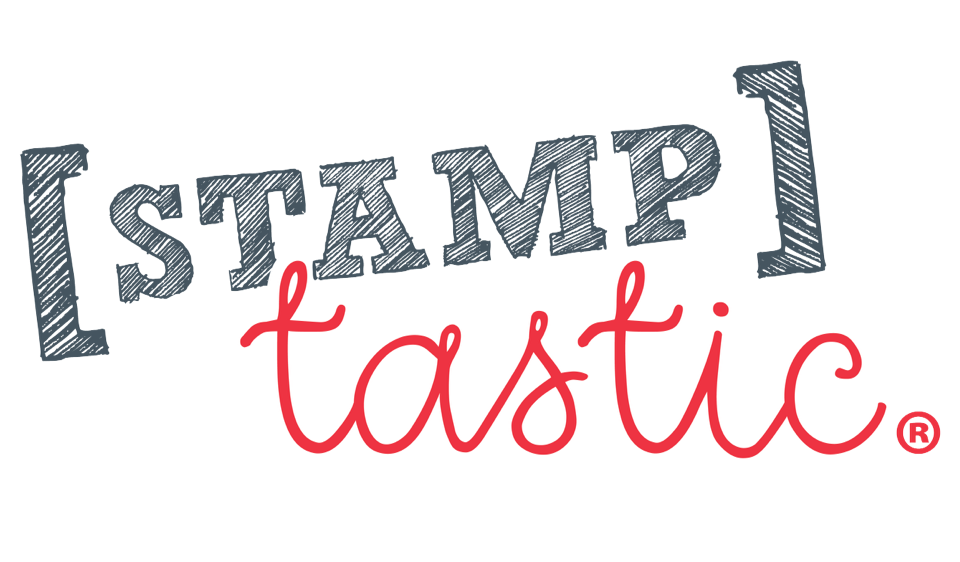Naming our children is one of the first important decisions parents make for their child. Names become part of our identity and remain with us for life. When children begin school the written form of their name becomes greatly significant. They need to be able to recognise it on labels that identify their cloakroom peg, belongings, drawer, etc. They also begin to learn to write their own name, a major literacy milestone so that they can independently label their own work and begin to recognise letters and letter sounds that are personal to them.
Ideally when should I encourage my child to write their name?
Did you know we can actually hinder the process if we push name writing before they are ready? Every child develops at a different rate so age is not the deciding factor. There are developmental milestones in both functional fine and gross motor a child needs to reach before they are ready to write. These stages are covered in detail in the ‘Pre-Writing’ blog.
Generally speaking – your child will let you know when they are ready to write their name.
There are some clues that you can look out for to help you decide whether to start helping your child to write their name
- They can copy basic lines __, l, /
- They can copy basic shapes ⚪, +, —,□
- They begin to show curiosity in numbers and letters in the environment around
- They orientate pictures the right way up
- Drawings have progressed from random marks and scribbles
- They notice and differentiate between similar letters eg a W looks like a M upside down and b,d,p,q each consist of a stick and ball.
So with this firmly in place how do I set about teaching my child to learn their name
There are 3 stages of development and we advocate a multi-sensory approach.
How to teach correct letter formation
We all know old habits are hard to break so teachers want children from the start to use correct letter formation with a capital letter at the beginning and lower case letters for the rest of their name. The name writing card download features correct formation for each letter. Each letter has a dot to indicate starting point and arrows to mark the direction.
My pre-schooler doesn’t seem to care which hand they use – should I worry?
Hand preference and Hand dominance refer to a person’s consistent use of a certain hand to perform a task. Hand dominance is greatly influenced by family genetics. A hand preference usually begins to develop between the ages of 2 to 4, however it is common at this stage for children to swap hands. Honestly don't panic if your preschooler doesn't seem to mind which hand they use to hold a fork - some children remain ambidextrous (using both hands equally) until age 5 or 6.
Play activities that encourages the different movements of each hand will encourage the development of hand dominance. Activities such as building with blocks, tools such as hammering or using a screwdriver, ball play, colouring in and threading make the child decide on which hand to use to perform the activity and which hand assists and holds.
Try noticing, which hand initiates daily activities such as pointing to objects, brushing teeth, unscrewing lids and opening doors.
How should my child a hold a pencil?
There are five pencil grip developmental stages before a child can successful adopt a dynamic tripod grip. Practising both gross and fine motor activities to strengthen and increase mobility and stability in the hand, shoulder, arm and upper trunk is required to move through the various stages.
The Tripod Pencil Grip is considered the most comfortable grip for both left and right handers. The pencil is held between the thumb and index finger and supported on the middle finger, whilst the ring and little finger gently curl inwards. This grip allows free movement of the fingers and wrist without putting excessive strain on the hand. However if a child adopts a slight variation of this style providing it’s comfortable and letters can be correctly formed this is totally acceptable.
Tips for left handers
Did you know about 10% of the population is left-handed? Being a leftie doesn’t mean you can’t have beautiful handwriting but it’s recognised that learning to write is a trickier process. Basically, writing from left to right is harder: a right hander pulls the pencil across the paper, a leftie has to push it, this can result in poor pencil grip, arm strain and smudged work. Simple tips can help a left-handed child get to grips with the task.
- Hold the pencil at least 1.5cm from point (mark with small elastic band). This allows them to see as they write and avoid “hooking” and prevent smudging later on as they move to a pen.
- Encourage them to place their right hand flat on the right side of the paper to stabilise it.
- Tilt the paper slightly to the left of centre and angled downwards. This allows greater visibility of the nib as they form letters.
- Keep the wrist below the line to avoid a hooked wrist position.
- Sit lefties on the left to prevent elbow clashing with right handers.
- Place a dot at the start of the line to remind them where to begin writing.
We have left handed scissors for lefties!
Please check out our activity card and sheets for ideas to practice recognising, spelling and writing those names in a range of fun and playful ways!
Stamptastic in partnership with Jo and Lisa, look forward to taking you on this journey to support your child develop the necessary skills to feel smart and confident from day one at BIG school.
BUY A PERSONALISE NAME STAMP FOR SCHOOL UNIFORM
Other blog posts you may find useful:
Everything You Need To Know About School Uniform For Back To School
Starting School: The Top Ten School Uniform Tips
Starting School: The Back To School Uniform Checklist
Stamptastic: The Ultimate Parent Hack
Starting Primary School: Introduction
Stamptastic Starting School Series: Meet The Experts








